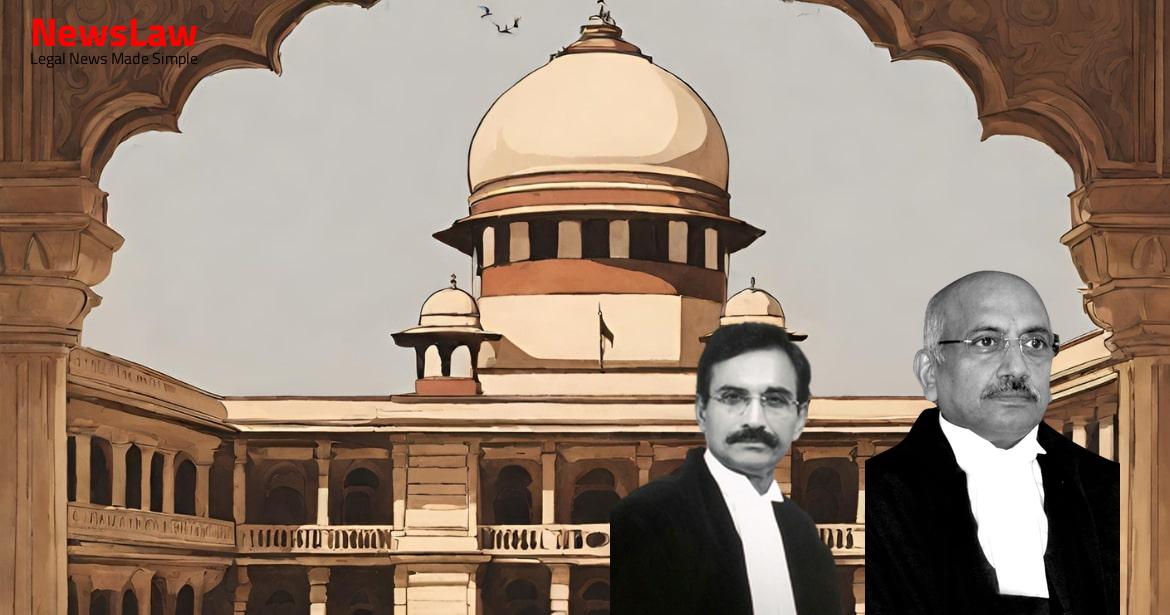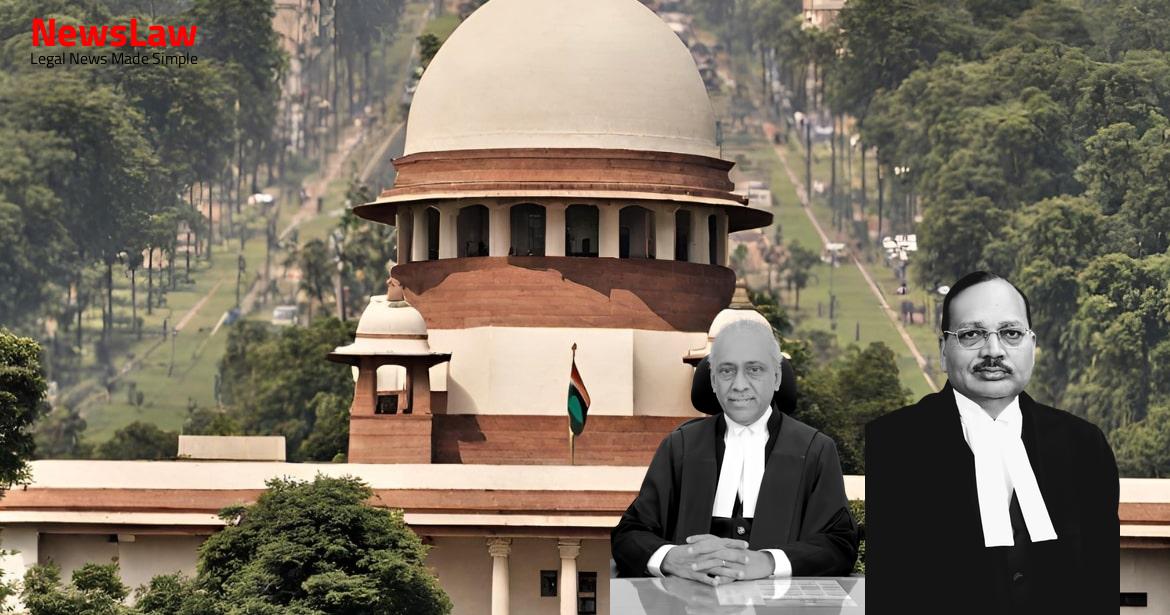In a significant legal battle over land acquisition and development charges, the Supreme Court of India has issued a ruling that addresses the dispute between the Lucknow Development Authority and the landowners. The judgment provides clarity on the rights and obligations of the parties involved and sets a precedent for similar cases in the future.
Facts
- The Lucknow Development Authority has filed an appeal against the Division Bench of the Lucknow Bench of the Allahabad High Court’s judgment.
- The High Court quashed the order dated July 29, 2011, passed by the LDA, which required the respondents to deposit a specific amount within one week.
- The amount included costs of acquisition and development fees.
- The High Court set aside the order and directed the respondents to pay costs and recover them from the authorities responsible for the impugned order.
- LDA acquired total land measuring 168.592 hectares for residential development under the Land Acquisition Act, 1894.
- Notification under Section 6 and Section 17 was issued on specific dates.
- 1.200 hectares of land of the respondents was sought to be released from acquisition under the Uttar Pradesh Urban Planning and Development Act, 1973.
- The land was released on May 23, 2011, along with an order of payment of development fee.
- Development authorities like LDA are obligated to make developments on the land and its vicinity to impose development charges as per statutory mandate.
- Development charges are directly related to the expenses incurred on development activities.
Also Read: Supreme Court Ruling on Dowry Harassment and Suicide Case
Analysis
- The High Court’s findings that there was no development work on the land in question were not considered sustainable in law.
- The land in question is part of the Sitapur City Extension Scheme and is considered developed land with 97.1% planned land and all public facilities like roads, electricity, water, and sewer lines provided by the authority.
- Approximately 34 Bighas of land between the National Highway and Railway Line were acquired, with 15 Bighas allotted and 19 Bighas remaining undeveloped, including 12 Bighas belonging to the respondents.
- Development under the Act encompasses the entire area, not just individual landowners’ plots.
- No evidence was presented to demonstrate the benefits derived by the petitioner from the development work conducted by the Lucknow Development Authority.
- The National Highway No. 24 is not part of the LDA’s development project.
- The development of the area should be viewed holistically as part of the Master Plan, rather than in isolated segments.
- Development charges may not be imposed on the petitioner or citizen during the restoration process.
- Development charges are governed by the proviso to Section 17(1) of the Act.
- The State Government has the authority to acquire land for development purposes under the Land Acquisition Act, 1894.
- After the expiration of five years from the acquisition, the landowner can apply for restoration of the land if it has not been utilized for the intended purpose.
- Restoration of land requires repayment of charges incurred during acquisition along with 12% interest and any development charges post-acquisition.
- The land in question measures 138575.25 sq. feet and is located between the Aishbagh-Mailani railway line and National Highway No 24.
- Appellants have constructed road, provided electricity, water, and laid sewer lines
- Claim of development charges cannot be avoided by the respondents
- Judgment setting aside the claim of development charges by the High Court is not sustainable
Also Read: Case of Technical Equipment Officer Appointment Criteria Dispute
Decision
- The appeal is allowed and the finding is set aside.
- Respondents can seek remedy under the Right to Fair Compensation and Transparency in Land Acquisition, Rehabilitation and Resettlement Act, 2013.
- The demand letter/order dated July 29, 2011 is set aside.
- Appellants can communicate the amount incurred on acquisition and development charges in accordance with law.
- The order quantifying the development charges of Rs.1,57,22,056 was raised without giving any opportunity of hearing to the respondents.
Also Read: Supreme Court Judgement on Transfer of Mining Environmental Clearances
Case Title: LUCKNOW DEVELOPMENT AUTHORITY VICE CHAIRMAN Vs. GOPAL DAS (D) THR.LRS.
Case Number: C.A. No.-005820-005820 / 2019



